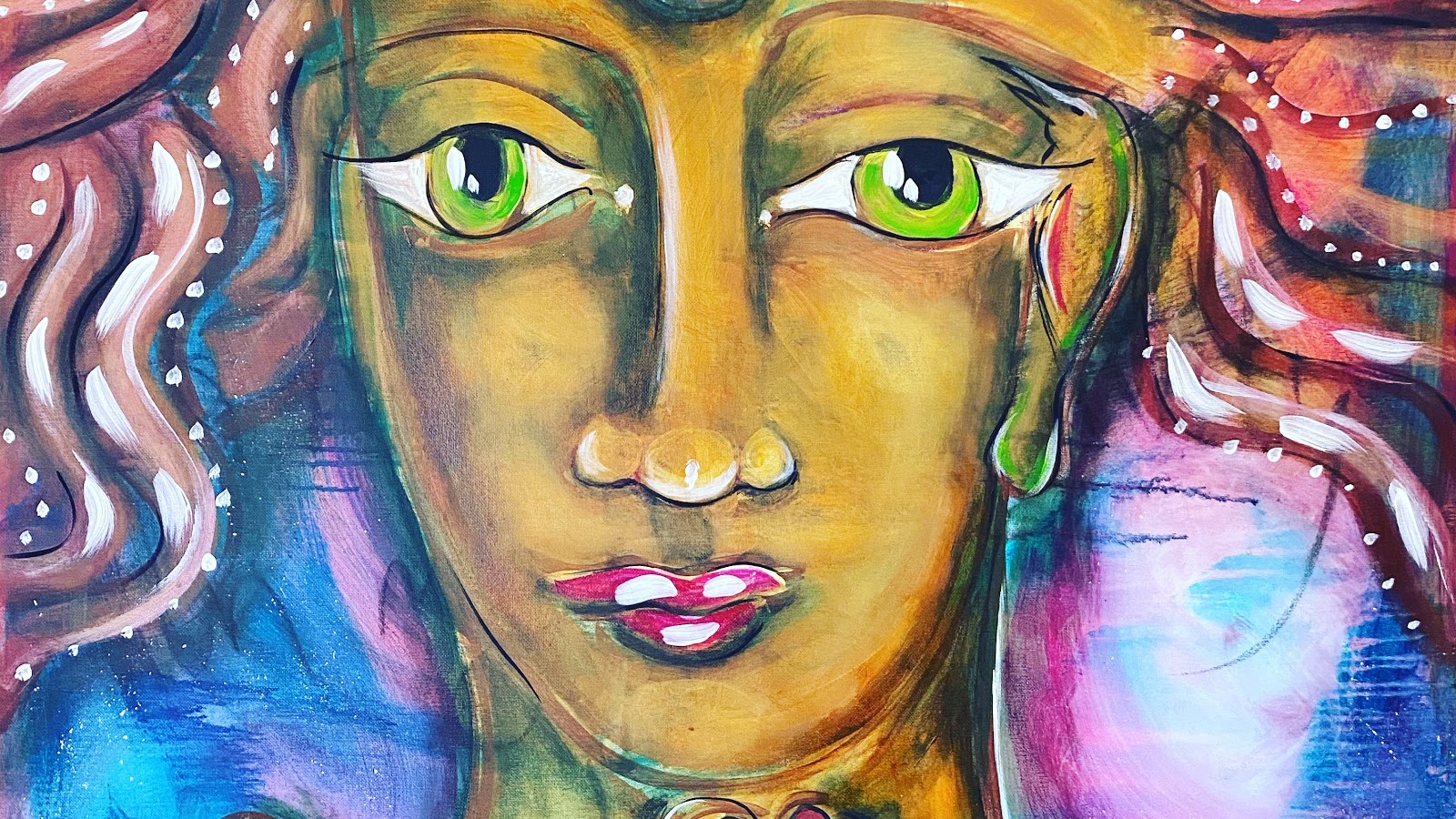Art serves a greater purpose than recreating what we see and display in displaying it. Art is something that is inherent in all of us from a very young age. Yet when was the last time you picked up a pencil and just started drawing?.
If you look at children under 10, they will happily create with crayons or whatever they can get ahold of and proudly show off their creation grinning from ear to ear. An interesting developmental change occurs in teenage years, where there is a strong desire to recreate exact images. And this is when most people put down any creative impulses, because they can’t do it right. This is unfortunate as creativity has such potent healing effects.
Just 45 minutes of creative activity reduces cortisol ( stress hormone) levels, even with colouring in. However, to really feel the therapeutic effects. There’s a need to create from within. This means embracing the process of creating while letting go of the need for things to look a certain way,( to be acceptable to others).
Creating from within, takes a bit of courage as you may feel uncomfortable with the process. It may also mean you need to pause unhelpful thoughts, however if you allow yourself this space to create the benefits will feel miraculous.
What following the brush or the pencil on paper or canvas does, is to allow your conscious mind to be fully occupied with your hands. This allows your unconscious to bubble up ideas and emotions that are ready to be released.

If we look at trauma, it is often trapped in the body. Using the physical process of moving paint, we can start to shift trauma, out of the body and onto the canvas. You might wonder whether that brings up pain or re-traumatizing, but in fact, it doesn’t.
Unlike when you go to a psychologist to delve and dig into the trauma, art does not require this. We’re actually moving, using the creative process to let go, and release trauma without bringing the conscious mind and analysing it.
That is why it’s such a great medium. Only that which is ready will emerge. It’s this use of line color and shape, which is therapeutic.
It’s a way of rewriting old stories, and changing them to new ones, because as you paint with this intention. The subconscious is taking what you are doing and accepting it. You’re rewiring your brain through creativity.
For me, artmaking helped me get through postnatal depression. When I was diagnosed I refused medication instead, getting immersed in my artmaking. I didn’t know what it would do at the time. It was just the only thing that made sense to me at the time, creating daily within two months I felt a notable change
Art is medicine. And it is something that is accessible to everybody. It doesn’t have to be with a professional art therapist, or even going to art classes. You can simply do this yourself with coloured pencils, a journal, and just let your pencil guide you. Just playing, without any expectation of what will emerge is very freeing. It opens you up to new things that can come up. Saying that there are also professionals who can guide you through as you start.
Society is starting to rediscover the healing power of creativity, more people are taking the first steps into being creative. Not only does it help with healing but it helps with your whole self and sense of wellbeing.
If we look back at humanity itself, we’ve got evidence of art making, in caves from 1000s of years ago. The very first drawings were representing what they saw around them but there was an innate pull to create.
We have so much access now to videos and materials. If you want to learn things then just allowing yourself to have a creative space can lead you to life changes. And this is where every stroke is a masterstroke.


